



Ayrshire | unknown
Grougar lies in north Ayrshire to the east of Kilmarnock. The district was formerly known as Cunninghame and is known for its high-quality arable land to this day.

Hugh de Morville was a prominent man who served as Constable of Scotland.
1860 OS map Ayrshire, Sheet XVIII. Reproduced with the permission of the National Library of Scotland (CC-BY NLS)
Arable land in the Irvine Valley © 2020 Mary and Angus Hogg (CC BY-SA 2.0)
He was a great man of his time and aided in the expansion of the port of Leith, which lay on his lands. Grougar continued to be held by the Logans of Restalrig to the end of the sixteenth century when the family came to financial trouble and parted with many of their lands. It is in this way that John Graham of Knockdolian acquired the barony.
His son Robert, 8th Lord Boyd, was also a JP and a supporter of the Covenanting movement from 1638. His uncle James, 9th Lord Boyd who succeeded in the estates, was a Royalist during the Wars of the Three Kingdoms in the middle of the century. William, 10th Lord Boyd, was made Earl of Kilmarnock by King Charles II in 1661.
During the Jacobite Rising of 1715 he raised 500 men to support the government. However, his son William, 4th Earl of Kilmarnock, was a committed Jacobite and joined Bonnie Prince Charlie during the Rising of 1745. He was entrusted as a Privy Counsellor and joined the army, rising to the rank of General and participating in the battles of Falkirk and Culloden in 1746, where he was captured. Kilmarnock was executed as a Jacobite rebel in 1748. It is said he was refused pardon because it was believed he had given an order before Culloden that no quarter be given to enemy prisoners. His lands and titles were forfeited to the Crown. As with many Jacobite landowners, his lands were sold to speculators.
Despite great success early in his life, he was bankrupted during the 1770s, and many of his estates were sold to pay his debts. Grougar was bought by William Blane around this time and remained with his descendants well into the nineteenth century. In the early twentieth century Grougar was held by the Cavendish-Bentinck Dukes of Portland.
Turn left for Kilmarnock © 2020 Mary and Angus Hogg (CC BY-SA 2.0)






On the Cowal Peninsula, on the eastern shore of Loch Fyne in Argyll, stands the ancient Barony of Otterinverane. The Barony takes its name from the sandbank which juts out more than halfway across Loch Fyne, An Otir meaning ‘the long low promontory’ and Bharain, meaning ‘Baron’ in Gaelic, thus ‘the Baron’s Otter’. It was established formally into a barony by the Scottish Crown sometime between 1295 and 1395.

Ayrshire | unknown
Grougar lies in north Ayrshire to the east of Kilmarnock. The district was formerly known as Cunninghame and is known for its high-quality arable land to this day.
Arable land in the Irvine Valley © 2020 Mary and Angus Hogg (CC BY-SA 2.0)
Hugh de Morville was a prominent man who served as Constable of Scotland.
1860 OS map Ayrshire, Sheet XVIII. Reproduced with the permission of the National Library of Scotland (CC-BY NLS)
He was a great man of his time and aided in the expansion of the port of Leith, which lay on his lands. Grougar continued to be held by the Logans of Restalrig to the end of the sixteenth century when the family came to financial trouble and parted with many of their lands. It is in this way that John Graham of Knockdolian acquired the barony.
His son Robert, 8th Lord Boyd, was also a JP and a supporter of the Covenanting movement from 1638. His uncle James, 9th Lord Boyd who succeeded in the estates, was a Royalist during the Wars of the Three Kingdoms in the middle of the century. William, 10th Lord Boyd, was made Earl of Kilmarnock by King Charles II in 1661.
During the Jacobite Rising of 1715 he raised 500 men to support the government. However, his son William, 4th Earl of Kilmarnock, was a committed Jacobite and joined Bonnie Prince Charlie during the Rising of 1745. He was entrusted as a Privy Counsellor and joined the army, rising to the rank of General and participating in the battles of Falkirk and Culloden in 1746, where he was captured.
His lands and titles were forfeited to the Crown. As with many Jacobite landowners, his lands were sold to speculators.
Despite great success early in his life, he was bankrupted during the 1770s, and many of his estates were sold to pay his debts. Grougar was bought by William Blane around this time and remained with his descendants well into the nineteenth century. In the early twentieth century Grougar was held by the Cavendish-Bentinck Dukes of Portland.
Turn left for Kilmarnock © 2020 Mary and Angus Hogg (CC BY-SA 2.0)









Contact
Forum for the Scottish Baronage, c/o Brodies LLP, Capital Square, 58 Morrison Street, Edinburgh EH3 8BP, Scotland UK
Copyright
Copyright 2022, Forum for The Scottish Baronage, as a collective work, all additional rights to content contributed and/or licensed contained herein are expressly reserved to such contributors and licensors as independently owned and protected copyrighted works.





